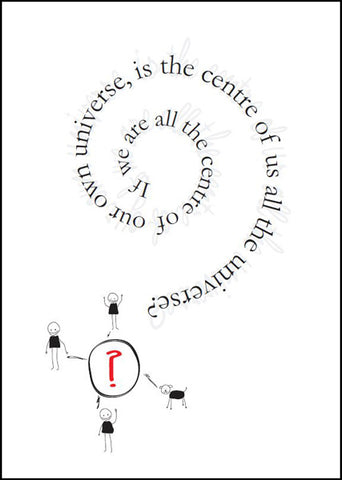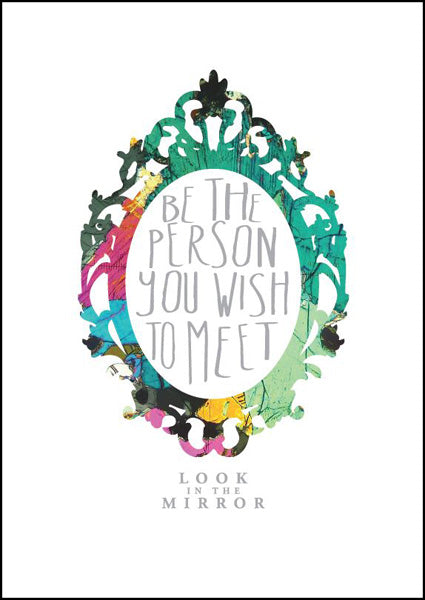#SpreadTheLove

Mindful May

"You should sit in meditation for 20 minutes every day – unless you're too busy. Then you should sit for an hour."
Just recently, the Guardian posted an article about the growing interest in mindfulness; a practice derived from Buddhism that involves focusing on the present moment as a way of combating anxiety and stress.
As stress is thought to be at the root cause of many common illnesses, it’s little wonder that so many employers are starting to provide opportunities for staff to learn about, and practice mindfulness in the work place. Here are a few examples:
-
Aberystwyth University has just announced plans to become the UK’s first “mindful” university and is offering taster sessions to administrative staff to help them manage their work-life balance.
-
In 2004 London Transport offered mindfulness workshops to employees in an attempt to combat work place stress. The scheme was a roaring success, nearly all the participants making changes to their lives as a result.
-
Google currently offers an internal course for its employees called “Search Inside Yourself” and has even built an indoor labyrinth for mindful walking.
-
BT, Morgan Stanley and Barclays Bank have all invested significant amounts of cash, time and effort to make mindfulness a top priority for their employees.
Mindfulness is increasingly seen to be of great value for the health of employees in the work place. But what’s it all about?

What is mindfulness?
Mindfulness is a relatively new concept for westerners. The technique itself is rather simple, but practising mindfulness and making it a regular part of your daily routine does take some practice.
Mindfulness is the simple, yet powerful art of learning to be present in the moment. It’s about noticing what’s going on around you without being critical or self deprecating, but focusing on the positive, allowing you to dispel negative thought patterns before they tip you into a downward spiral. Typical meditations include focusing on the breath, and being aware of your thoughts and actions throughout the day. There are many scientific studies to back up its effectiveness. For example, some studies have shown that practicing mindfulness on a regular basis can help to prevent depression. Others show that people who meditate visit their doctors less, and tend to have better memories and reaction time.
How To Practice Mindfulness in Your Work Environment
According to Action for Happiness approximately 40% of your “happiness quota” is influenced by your daily activities and the conscious decisions you make every day. This is really great news, as it means that your ability to be joyful ultimately lies within you!
Here’s how the Disco Bead fairies make mindfulness work for them.....
Get Creative!
Being creative is a truly healing activity, and luckily for us we get to be creative every single day! However, some people are less fortunate and opportunities to be creative at work can be few and far between. However, that’s not to say they don’t exist.
Instead of rushing through your jobs to get to the bottom of your “to do” list, spend time really focusing your attention fully on of whatever task you’re doing and practice being present in the moment.
For example: You could try being more creative with your emails. Putting a little extra thought into the wording and tone of your communication can have wonderfully surprising effects. Not only will your customer be super appreciative of the extra care you put into communicating with them, you’ll feel great about a job well done, and that you put personality into what can often be a mundane task.
See the Bigger Picture
Beads have long been used by religious people around the world as a tool to focus attention and aid meditation. This makes beading the perfect activity for developing mindfulness. However, when the orders are coming in thick and fast, it can be difficult even for us fairies to remain calm and present in the moment.
Like any activity, beading can become routine and mundane, but when you’re mindful about what you’re doing, it’s much easier to create a state of peace and calm. This is partly because beading is a transformative process. Turning those shiny beads into something that someone can wear and feel good in gives purpose to the repetitive act of merely threading beads onto string.
If your job involves performing a number of monotonous tasks, instead of going on auto-pilot, try to see the bigger picture. Your sales pitch might be the only human contact your customer has had today, your smile at the checkout could make someone’s day! Everything you do has meaning and consequence, viewing your work in this light can help you take pride in every job, even the tasks you least like doing.



Leave a comment